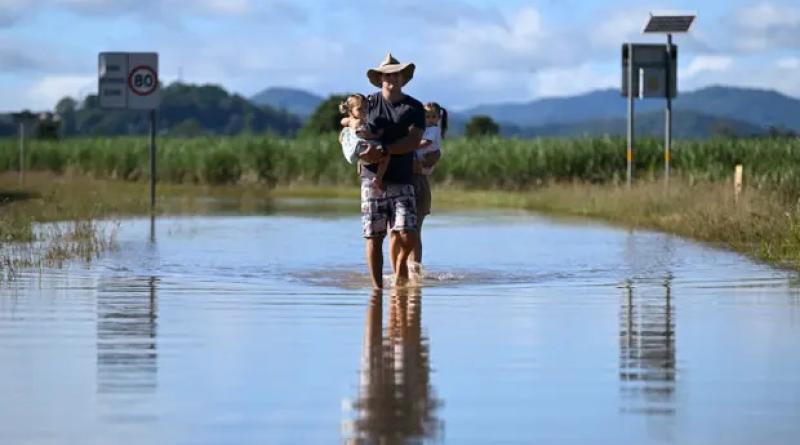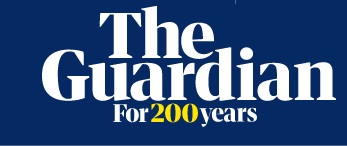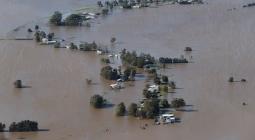Drought, fire, flooding and storms are ravaging Australia. Where can we find hope and connection?

While science and expertise are important, we can’t prepare for the future without imagination
We’re at the beginning of a wild few decades. A century without precedent. “Increase in extreme weather events” – a prediction made by climate scientists over the past few decades, is now playing out in front of us.
Drought, fire, flooding and storms are increasing in severity, with devastating consequences around the world. The language of 1.5-2C of global heating doesn’t begin to describe the future. From climate science we understand that the frequency of extreme events will increase and the extremes will become more extreme.
“Unprecedented is not a reason to be unprepared,” opined the royal commission into national natural disaster arrangements.
The 2020 report reflected on the disasters of 2019-2020 – devastating drought across the east coast of Australia and a summer where apocalyptic skies became normal across New South Wales and Victoria, as millions of us breathed air polluted by destruction, as our natural environment was consumed by fires that wouldn’t go out.
The wave of unprecedented events continued after Black Summer.
Hailstorms in the ACT were a fierce distraction after the smoke. Many buildings and vehicles are still damaged. And then came the big new challenge of a global pandemic from a highly infectious disease, the novel coronavirus Sars-CoV-2. The need to protect ourselves and our loved ones showed us just how much human behaviour can change in a short time.
Devastating floods in Queensland and northern NSW through last summer were an intense taste of the east coast flooding that happened, is happening, and is still predicted.
Three years on from the royal commission, “unprecedented” hasn’t finished with us.
There’s more heat in our global atmosphere and therefore more energy. Intense weather events are the most obvious manifestation of the increase in greenhouse gases in the atmosphere over the last hundred years.
So while the novelty has worn thin, “unprecedented events” aren’t going away anytime soon. There is more to come, more we haven’t faced before. Extreme weather, disruptions to the air, food and water we need and the places we live.
The social, political and economic changes that evolve alongside these environmental disasters will give rise to geopolitical tensions. This is the century to appreciate the mix of catastrophic risks around us and the interdependence of both risk and opportunity.
As we roll from challenge to crisis through to catastrophic risks, we need scientists and experts to be sharing knowledge and learning quickly.
It was environmental scientists who warned of the risks ahead in 2019, as Black Summer unfolded. It was scientists and public health experts who helped combat Covid-19. Scientists and those with deep knowledge are central.
While science and expertise are a key element of preparing for the unprecedented, we can’t prepare for the future without imagination – allowing our minds to explore events that we’ve not previously confronted. The evidence base of our past offers a platform for discussion, but is incomplete without space for imagination, collaboration and sharing.
Imagination comes through reflection and conversation – the sharing of ideas from different places. Simply recognising its power in preparing for our future is an important start. It’s fostered in collaboration, creativity and new ideas.
Amid disaster, it is hard to plan and even harder to imagine the altered future ahead. Creating space for collaboration and caring within communities is a key ingredient for our future.
Hope is also an important tool for resilience.
Hope, joy and connection, creativity and play are synergistic with imagination. These elements help confront fear, which is essential when looking toward the challenges just over the horizon in our sometimes-dystopian future. It is imagination that allows us to not just confront challenges, but also to shape solutions and imagine a future that inspires hope.
Extreme weather around our world will shape this century.
Imagination, collaboration, and caring are key elements of adaptation in challenging times. There’s never been a more important moment to foster community conversation.
This is how we will shape our best future together.
cover photo: ohn Lawrence and Payton Campbell (unseen at rear) with their children Harlow and Aria in Dungay, NSW in March 2022. Photograph: Dan Peled/Getty Images




